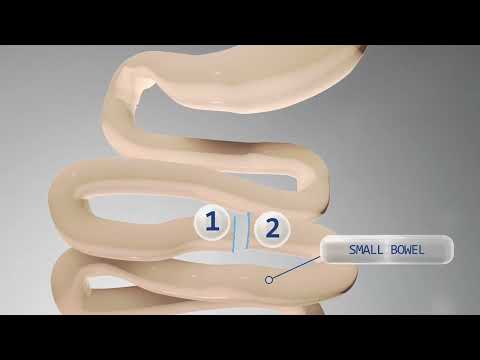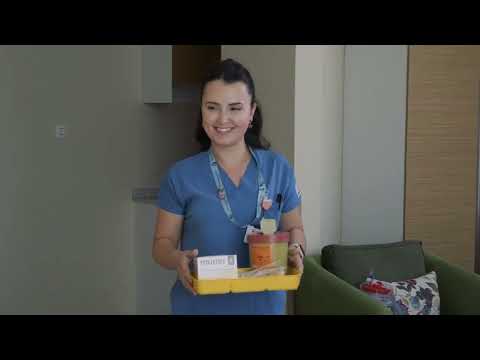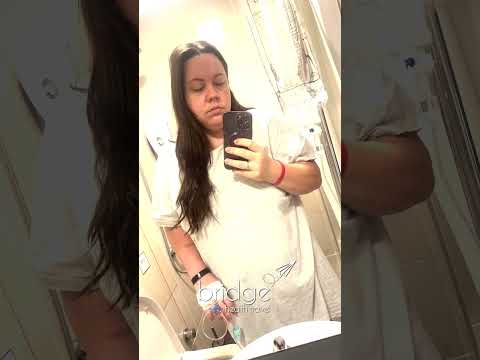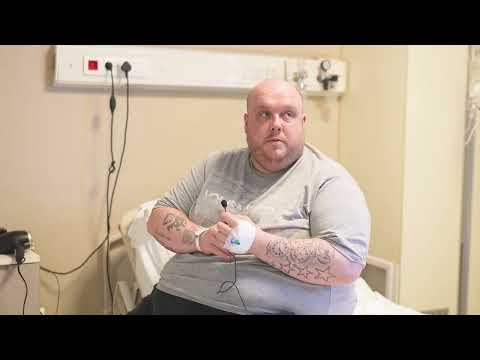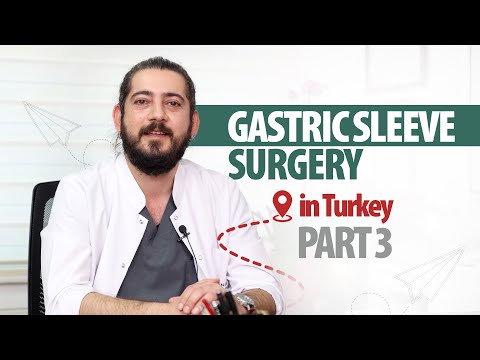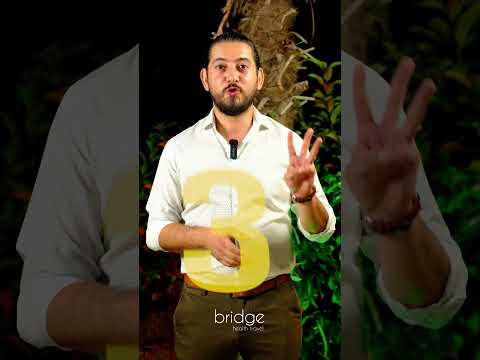Before and After Gastric Sleeve Surgery in Antalya, Turkey!
Calculate Your Cost / Price
Before and After Gastric Sleeve Surgery in Antalya, Turkey!
Gastric Balloon in Antalya, Gastric Balloon Prices, Gastric Balloon Treatment Antalya Turkey
What should I do for gastric balloon treatment in Turkey?
Which hospital is best for gastric balloon in Turkey?
-
How to prepare for gastric balloon?
Before insertion of the gastric balloon, you must fast from food and drinks for 12 hours. When the gastric balloon is to be removed, you must start on a fluid-only diet 48 hours beforehand. This means no solid food at all.
-
How do you qualify for gastric balloon?
Patients may be eligible for a gastric balloon if they have a BMI between 30 and 40, and they haven't been able to lose weight and keep it off with other weight-loss plans.
-
What to expect when you get a gastric balloon?
Pain and nausea affect about one-third of people soon after insertion of an intragastric balloon. However, these symptoms usually only last for a few days after balloon placement. Although rare, serious side effects may occur after intragastric balloon placement.
-
What do I eat in a day with a gastric balloon?
Continue to eat 3 regular meals each day and try not to leave more than 3-4 hours between meals.
EAT FIRST -Protein (meat, fish, poultry, eggs, beans, pulses)
EAT SECOND- Vegetables and salad.
EAT LAST - Carbohydrates (bread, rice, potato, pasta, grains)
-
How to sleep with a gastric balloon?
Once you have passed the initial few weeks following the gastric balloon procedure, you should be able to sleep normally. This means you can sleep on your back or on your side. Sleeping in these positions allows your body's natural digestive processes to function while you rest.
-
Can you eat bread with a gastric balloon?
Avoid anything doughy such as bread or chapattis as these can stick to the balloon. You can gradually start to include the 'caution foods'. Continue to drink between meals only and avoid sugary or fizzy drinks as before. Still aim for about 2 litres (3½ pints) each day.
-
How quickly do you lose weight with gastric balloon?
Losing Weight with a Gastric Balloon
You are likely to lose weight quickly, especially in the first three to four months of living with the gastric balloon. Typically, people lose about 10 to 15% of their body weight by the time the six-month program is complete.
-
Can you drink coffee with a gastric balloon?
This includes any fluid such as water, juices, milk, squash and soups. Tea and coffee are also allowed though should not be your main source of fluids. You should avoid drinks with too much gas. Fizzy drinks can cause a great deal of discomfort with a gastric balloon.
-
Can I fly with a gastric balloon?
Yes. Flying with a gastric balloon is perfectly fine. It will not burst or rupture on a commercial flight. Once you've recovered from the initial symptoms of having a placement you will be able to fly and enjoy your holiday as normal.
-
How long do you feel sick after gastric balloon?
Nausea and vomiting are very common in the first seven to ten days after gastric balloon insertion and this is simply because your stomach isn't used to having it there.
-
Is gastric balloon a good idea?
The gastric balloon procedure may be particularly useful for people considered too overweight to undergo vital surgery. The use of the balloon to successfully reduce weight prior to surgery can also help to reduce the risks associated with surgical procedures on overweight patients.
-
What happens if the gastric balloon pops?
Bowel obstruction and perforation are the most significant concerns if your balloon bursts. Symptoms such as severe abdominal pain, vomiting, or difficulty swallowing should never be ignored, as they may indicate a burst balloon.
-
Do you feel hungry after gastric balloon?
Approximately 90% of people have no appetite at all after the insertion of an intragastric balloon. In the first 10 days you will be restricted to a liquid diet, but most people do not feel hungry!
-
Who cannot have a gastric balloon?
Who is not a candidate for gastric balloon? Gastric balloon is not qualified to pregnant women, long-term cortisone users, those who are undergoing cancer treatment or those who have recently had cancer treatment.
-
How painful is a gastric balloon?
About one-third of patients have pain, nausea or discomfort in the first few days. Over-the-counter pain medication usually helps. Weight loss: You may not feel hungry the first couple of weeks, leading to rapid weight loss.
-
Can your body reject a gastric balloon?
It is important to remember that a BIB gastric balloon is a foreign object, meaning your body will attempt to reject it.
-
What is the age limit for gastric balloon?
To be eligible for gastric balloon, you must: Be at least 13 years old. Have a body mass index (BMI) ≥30 and ≤40 kg/m2. Have tried other weight-loss programs, such as a supervised diet or exercise regimen.
FQ About Gastric Balloon Clinic in Antalya / Turkey
A "belly doctor" typically refers to a gastroenterologist, a specialist who treats conditions affecting the stomach and digestive system. Patients see belly doctors for issues like ulcers, acid reflux, irritable bowel syndrome (IBS), and chronic stomach pain. Bariatric patients often consult gastroenterologists for pre- and post-surgery care to ensure their digestive systems are functioning well after surgeries like gastric bypass.
Bariatric Surgery patients are able to incorporate bananas and other fruits back into their diet at five to six weeks after surgery, as the stomach needs to slowly regain the strength to digest fibrous foods.
Full Body Lift Cost in TurkeyExcessive weight loss often leaves a patient with stubborn fat pockets and extra, saggy skin. Even with extreme diet, exercise, or surgery, a patient can never fully get rid of these unwanted flaps of skin. This can cause self-esteem and confidence issues among patients. In such cases, plastic surgery is the only way to achieve a fully sculpted and smoother body. Body lift is one such cosmetic procedure that helps patients to get into their desired body shape. A body lift... +More
After around 7 to 8 weeks you should be able to resume a normal solid food diet. Your gastric sleeve will allow you to eat almost any type or texture of food. You should aim for three well balanced meals each day.
Patients who undergo sleeve gastrectomy in Turkey often share impressive before-and-after photos that showcase significant weight loss. Most patients lose 60-70% of their excess body weight within the first year after surgery. Turkey is well-known for delivering high-quality results at a fraction of the cost found in the UK, US, or other Western countries, making it a popular choice for those considering the surgery.
A private gastric band surgery offers shorter waiting times compared to the NHS, but it comes at a cost. In the UK, private clinics charge between £1,450 and £8,000 for the surgery, with additional fees for follow-up appointments and band adjustments.
You'll eat a soft diet between weeks three and four after surgery. During this phase, you'll continue to prioritize protein, but you'll be able to get the nutrient from foods including scrambled eggs, hummus, and tuna/chicken salad with low fat mayo. In addition, avoid the ancillary foods that can be even worse than the fast-food entrée itself. Sodas, french fries, other fried sides and even salad dressings can all contain tons of fat, sugar and ultimately calories The primary benefit of the mini gastric bypass is... +More
Common drugs for gastritis include proton pump inhibitors (PPIs) like omeprazole, which reduce stomach acid, and H2 blockers like ranitidine. Antibiotics are prescribed if the gastritis is caused by a bacterial infection, such as H. pylori.
Sleeve surgery is another term for the gastric sleeve procedure, where most of the stomach is removed to help patients achieve significant weight loss. The procedure is less invasive than other forms of bariatric surgery, like the Roux-en-Y bypass, but still offers dramatic weight-loss results.
Well, Turkey has a robust healthcare system, with the Turkish Ministry of Health regulating medical facilities and practitioners to ensure high standards of care. Turkey's safety record for bariatric surgery is excellent, with low rates of complications and a high success rate.
A gastrectomy is the surgical removal of part or all of the stomach. It is often performed to treat stomach cancer, severe ulcers, or obesity. A partial gastrectomy removes only a portion, while a total gastrectomy removes the entire stomach, requiring significant lifestyle changes post-surgery.
Pages
-
£ 1580£ 1450GASTRIC BALLOON PROCEDURE PACKAGE
Give a call to learn more about what’s included and to come up with a tailored plan if you need unique accommodations that are not listed below.
- Airport
- Hotel
- Hospital transfer
- The balloon is placed via endoscopy, the procedure takes 15-20 minutes and you are discharged after 2-3 hours. It is enough to stay here for 1 night.
- Blood samples & x-rays
- 5 year follow up
-
£ 2750£ 2550GASTRIC SLEEVE PACKAGE
GASTRIC SLEEVE PACKAGE COST TURKEY / ANTALYA
Give a call to learn more about what’s included and to come up with a tailored plan if you need unique accommodations that are not listed below.- Airport
- Hotel
- Hospital transfer
- 4 day stay at hospital
- Blood samples & x-rays
- 5 year follow up
-
£ 3100£ 2900MINI GASTRIC BYPASS PACKAGE
MINI GASTRIC BYPASS PACKAGE TURKEY
Give a call to learn more about what’s included and to come up with a tailored plan if you need unique accommodations that are not listed below.- Airport
- Hotel
- Hospital transfer
- 4 day stay at hospital
- Blood samples & x-rays
- 5 year follow up









